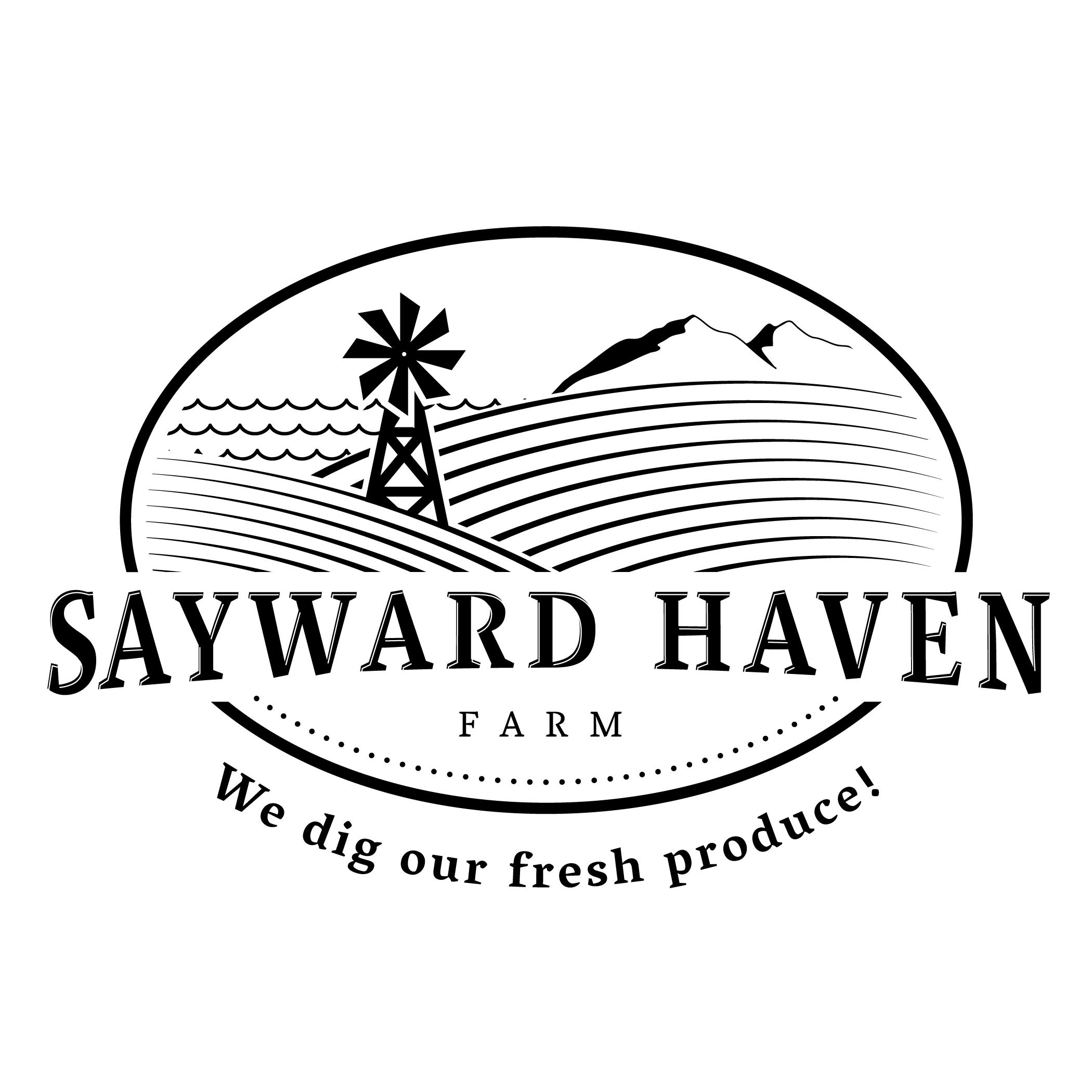We are fortunate in Canada. Long term we are not likely to see food shortages but we have and will experience shortages short term and food costs are increasing.
Supporting local producers is the one way to help ensure we have access to food in times of global supply issues but many people are thinking more about growing some of their own vegetables to help with food security. It also helps offset your grocery bill and ensures you get your favourite veggies this summer!
Farmer Tracey has some points on growing some of your own food - and it can be as simple as a cherry tomato plant on your patio!
-
What Plants To Grow - Grow what you love to eat. Invest time in growing veggies and herbs you eat regularly. I LOVE the look of kohlrabi but I have never cooked one so I don't grow it. I DO love snacking on snow peas every day so they are in my garden all season long.
-
What Varieties To Grow -Get the varieties that best suit your growing space. Select plants that take little space but deliver lots of good food. Dwarf varieties (e.g. tomatoes), plants that grow fast (e.g. radishes and lettuce) and plants that grow vertically (e.g. peas, beans). Herbs are great options too. Certain varieties grow better in our environment too. You can learn more about plant varieties in our upcoming spring workshops.
- Seeds vs Starts -Some seeds germinate easy and just need to be thrown in some good seed start mix or soil outdoors to grow. Other plants need to be coddled which usually requires special equipment so it might make sense to buy plant starts. At Sayward Haven Farm we grow plant starts to help you get your own garden up and running faster.
- Keep It Simple -Start with just a few different types of plants and add each year if you want. Most seeds will keep for at least 2 years so you don’t need to start the whole package. Plant starts help ensure you get just the amount you need. **Make sure you plant using the recommended spacing. Plants need space to grow and air flow.
- Make A Plan - If this is your first time growing food plan out your first garden, even if it’s two large pots on your patio. You can also tuck some vegetable or herb plants into an existing garden. Make sure you keep a journal to know what works well where and what doesn’t. Check out our workshops coming this Spring to learn more!
- Health Benefits - It’s really true! Gardening is good for your body and soul. Mentally I love the routine and rhythm of checking my plants and seeing what they need each day. Physically, it gets me moving and outside breathing in fresh air and I get healthy food at my fingertips. Emotionally I am happier after I have tended to my plants, thrilled when I harvest delicious food AND thrilled when I eat something I have grown. You also learn how to accept mistakes and failures as Mother Nature is never consistent, especially in times of climate change.
- Be Honest With Yourself -Gardening is a romantic idea but it does require work…not hard work…but attention and time. You can plan a low maintenance garden and stick with perennial plants that stay alive over winter (e.g. blueberries, asparagus, rhubarb). If you you will be away this summer or get anxious about the daily needs of a garden, you can always buy produce from your local farmer instead. You will still get the health benefits of eating produce that has just been harvested and is still full of wonderful nutrients and build in food security!


